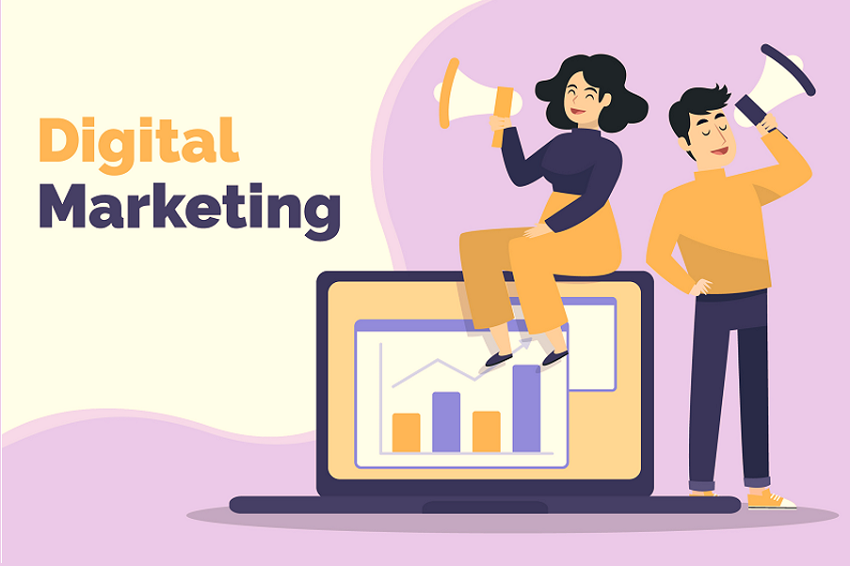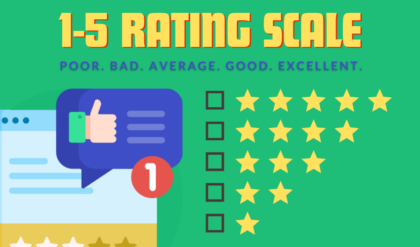A Guide to the Key Components of Digital Marketing
In the world, where the internet can be regarded as the marketplace, it is impossible to achieve set goals and outcompete others without effective promotion strategies that embrace the web platform. Some of the significant components of digital marketing involve identifying some of the available channels and tools to reach out to the customers to achieve growth.
This must entail understanding of the target audience, especially the consumers, so as to offer personalized content while choosing this marketing strategy. SEO, content marketing, social media marketing, email marketing and analytics are the key components that have critical roles to play in the overall strategy.
The combination of these mentioned components provides businesses with the rationale for a pro-active marketing environment that addresses technological change and alteration in the consumer perspective to guarantee extended revenue in this realm.
This article will explore the key components of digital marketing strategy to assist companies that are interested in reaping big from digitization.
What is Digital Marketing?

Digital marketing is the modern approach of marketing products, services or brands with the help of technological devices, new media tools, social sites and internet that have larger and insightful resonance as compared to conventional modes of marketing.
The common techniques widely used in digital marketing include SEO, blog and articles, social media, emails, paid ads, and affiliate marketing among others.
In the contemporary world of digital market, it provides C2C an unrivaled prospect to penetrate the identified clusters, segment the consumers and understand their behavior during the point of purchase.
As a result of the implementation of technology in marketing, reaching the audience, as well as creating engaging and meaningful conversations results in the creation of value and stronger brand-consumer bonds.
Therefore, digital marketing continues to be a versatile and pivotal medium that every organization seeking to participate in the interaction complex of the modern world cannot underestimate.
Key Components of a Successful Digital Marketing Strategy
Let’s understand the key components of digital marketing strategy for your online campaigns to improve your brand’s visibility and customer engagement.
Set Clear Objectives
If you want to achieve your goals of digital marketing, it is mandatory for you to have goals and objectives that require achievement. These provide the framework of all the future and current decisions and steps taken to achieve your intended goals in line with your strategic business goals and objectives.
Goals also have to be clear and measurable and referred to as SMART (Specific, Measurable, Achievable, Relevant and Time-bound) so that one can follow how progress is being made and make changes according to facts.
Even if the objective is to get website traffic, or gather leads, grow brand awareness, or increase customer loyalty, you have the internet marketing campaigns you are working on will be relevant and effective.
Implementation of goals and objectives helps business to manage or allocate resources, define what strategies to pursue based on the likelihood of bringing the highest return and measure performance effectively hence contributing to company growth and development in the current digital environment.
Identify Your Target Audience
Identifying the target is paramount; here are so many advertisements out there, but missing the purpose of reaching the intended persons. Analyze the characteristics of your target audience since it will help you to understand the demographics, interests, behaviors, and pain points of your target clients.
This information will help to determine the content, advertisements, and even the overall marketing message that you use. One of the ways of segmenting the audience and eventually developing a clear picture of them is through creating buyer personas.
Content Marketing
Content market is a key aspect in the implementation of any Marriage digital marketing approach. It is the process of publishing useful, timely, and uniform content to the clients with the intention of capturing their interest.
As for the type of content, it can be blogging posts, videos, infographics, podcasts, social media content), and others. The method of content marketing is best for a business if the provided content helps to solve the issues of the target audience, informs and gains its confidence.
Through the companies operating in that industry, this research will seek to determine how such organizations can use their insights to make their business appeal more attractive to prospects and improve their websites’ traffic.
Search Engine Optimization (SEO)
SEO by far is a crucial part of the digital marketing strategy as it focuses on increasing the rankings of a website in the search engine result pages (SERPs). SEO is the process of adjusting a number of website parameters such as keywords, its content, meta tag info, and site organization to increase its SERPs standing.
Therefore, through understanding the various search engine algorithms, business enterprises can identify the right keywords and phrases that might be in use by prospective customers thus increasing the possibility of natural traffic flow.
However, SEO is not limited to factors that are within the website and comprises several off-website factors like linking to relevant professional sources, which makes the website legitimate in the eyes of search engine companies.
Applying proper SEO strategies improves not only the number of visitors who find such sites naturally but also the user-interaction rate, thus contributing to converting more visitors into customers.
In the long run having an optimized website gives one a competitive edge because potential customers are easily found by the businesses in their search for related products or services.
Pay-Per-Click (PPC) Advertising
PPC advertising is also known as cost per thousand (CPM) that charges the advertiser per the number of click throughs they get for their ad. Pay per click advertisement can be very specific, plans an also bring instant traffic and leads hence making it easy to implement.
There are quite a variety of PPC advertising opportunities, for instance through Google Ads or social media applications such as Facebook Ads, LinkedIn Ads, etc.
Common features of PPC are careful selection of keywords, properly written ads, properly designed landing pages, as well as constant analysis and further improvement.
Social Media Marketing
Social media marketing entails the use of social media to sell a business to its potential customers and create a social media community of the business. These platforms include Facebook, Instagram, Twitter, LinkedIn, and TikTok and come in useful in reaching the intended business audience.
The definite goals for social media marketing hence include the development of shareable content, following people back, using other people’s content, and buying actual advertisements on the social media site.
Therefore, it is important to look at the platform’s latest features to have an understanding from which platform we can derive the best results for our social media marketing campaign.
Email Marketing
It is one of the most used and effective online marketing methods business with a high ROI when applied appropriately. It is aimed at a particular group of subscribers who have shown an interest in a certain product or service to gain their trust and purchase products or services.
The key components which are needed for effectively reaching the clients through emails include gaining a good list of clients, categorizing these clients, sending them good messages, and ensuring that they receive messages at fixed intervals. There is a possibility of increasing constant testing, opening ratio and click-through rates also.
Influencer Marketing
Influencer marketing aims to make use of informal promoters with considerable popularity among their audiences with the purpose of selling both the brand and the product.
Overall influencers are those who have many followers but from any audience in general while micro influencers have lesser followers but are in a particular niche.
Through employing the services of other influencers with similar yards as the business and their target populace, a sense of credibility is established.
The key activities of influencer marketing are selection of appropriate influencers, setting objectives and KPIs as well as tracking and evaluation of the campaign.
Mobile Marketing
People are now using mobile devices such as mobile phones and hence the importance of mobile marketing in their marketing strategies. It includes a process of mobile web and application designing, incorporating mobile services to communicate with the target audience on the move.
Some of the branch’s sub-topics include mobile website design, mobile search engine optimization, using push notifications, SMS advertising, and mobile advertising.
As we know, every user demands smooth and optimized mobile interaction so that they do not switch to other websites or apps.
Customer Relationship Management (CRM)
CRM entails the management of communications and interactions with those seeking this facility and those expected to be in the future.
The CRM system must have been strong enough to monitor the details of the customers, including their buying patterns and other activities so that the marketing can be personalized and customer relations can be improved.
Since CRM can be combined with digital marketing practices, it makes it easier for businesses to analyze customer data, classify marketers and be in a position to pass appropriate messages to consumers.
Performance Monitoring and Optimization
This is perhaps one the most important aspects of any kind of digital marketing that one must adhere to – no matter the strategy being employed.
Apart from budgeting, one can use regular examinations and preselected outgoing KPIs and compare the results with the initially set ones to determine the overall adequacy of the campaigns.
Quantitative parameters are examples of such parameters being website hits, conversion rates, click through rates, bounce rates, and return on advertising investment (ROI).
Applying A/B testing, tools for analytics, and feedback for a business can allow companies to have higher results eventually.
Conclusion
All in all, it can be stated that developing an effective digital marketing strategy involves numerous components that have to be synchronized depending on the enterprise’s requirements.
Therefore, recognizing how the digital media environment works, knowing business goals, and applying the discussed points as the main components of digital marketing to boost your brand’s visibility and achieve your business goals.
Businesses are capable of positively reaching their target audiences and thus building a competitive advantage in today’s fast-paced digital world. This meant more forceful adoption of data as well as the culture of use of continuous improvement and innovation to ensure that companies are ready to model new changes in market characteristics and be better in their digital marketing.
The world is experiencing the advancement of almost everything with a touch of digitization which shows the importance of always being updated so as stay relevant in the future real estate of the digital market.


